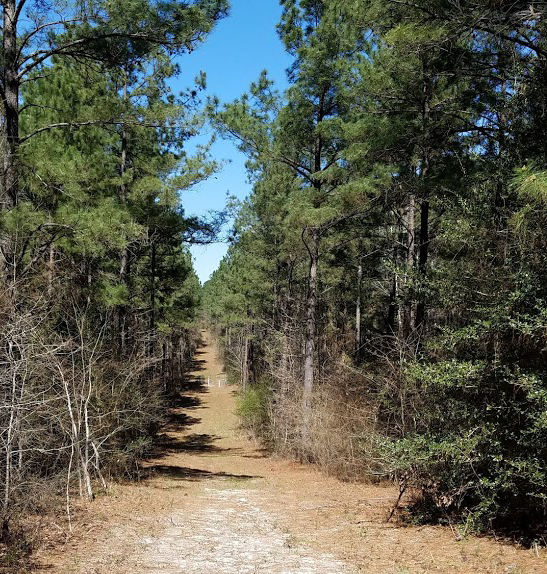
American humorist Mark Twain is credited with saying, “Everybody talks about the weather, but nobody does anything about it.”
While that might be true, the ability to predict weather patterns has continued to improve to the point of providing researchers with similar methods that are now being used to forecast forest productivity.
According to a study published in Ecological Applications and reported this week in the Texas Forestry Association Enews, researchers at Virginia Tech’s College of Natural Resources and Environment are using ecological forecasting data to do just that.
Two separate projects contributed to this breakthrough. In the first, hundreds of researchers developed mathematical models to predict how pine forests may react to climate change based on data collected from the past 35 years. The second assessed the uncertainties in those predictive models and focused on decisions like the timing of the crop and harvest rotations.
The model representing the process of forest growth uses data such as the diameter of trees, the number of leaves produced in a given year, and water evaporation. Then, it can be adjusted based on that data to account for uncertainties.
Estimates that have been made so far are that there is an 80-percent chance that forests will grow faster over the next few decades and a 30-percent increase in productivity in the Southeastern United States. The study was focused primarily on loblolly pine plantations.
The model will become more accurate over time based on the observations of tree growth and weather data that can be factored in, similar to how weather forecasts are updated.
While the study points out that it is not without uncertainties, the future of ecological forecasting looks interesting as well as promising.
Photo Credit: Mark Brian



